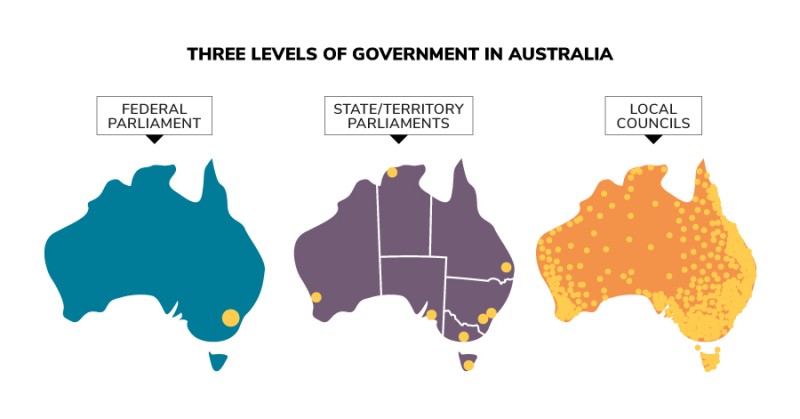Are federal industrial relations powers shared with states?
Industrial relations in Australia is a concurrent power shared by the federal – Australian – parliament and the state parliaments.
The Fair Work Act 2009 created the current national industrial relations system which covers the majority of Australian workers. All states (except Western Australia) have referred their powers to make laws for workplaces to the federal Parliament. These states still retain the power to make laws for public sector and (except Tasmania) local government workplaces.
Before 2009 the Commonwealth – Australian Government – and the states operated separate but overlapping industrial relations systems. At Federation, the states retained their power to settle workplace disputes and make labour laws. However, the Australian Constitution gave the federal Parliament the power to prevent and settle interstate industrial disputes (section 51(xxxv)), and to make laws for financial and international corporations (section 51(xx)). With the external affairs power (section 51 (xxix)), these powers allowed the federal Parliament create national industrial relations tribunals and make national workplace laws (such as the Sex Discrimination Act 1984).
Three levels of government in Australia

Parliamentary Education Office (peo.gov.au)
Description
The three levels of government – the law-making bodies in Australia. The Federal Parliament is located in Canberra, the nation's capital. State/territory parliaments are located in the capital cities of each of the 6 states and 2 territories. Local councils are located around Australia in each local council division.
This work is licensed under a Creative Commons Attribution-NonCommercial-NoDerivs 3.0 Unported License.
You are free to share – to copy, distribute and transmit the work.
Attribution – you must attribute the work in the manner specified by the author or licensor (but not in any way that suggests that they endorse you or your use of the work).
Non-commercial – you may not use this work for commercial purposes.
No derivative works – you may not alter, transform, or build upon this work.
Waiver – any of the above conditions can be waived if you get permission from the copyright holder.
